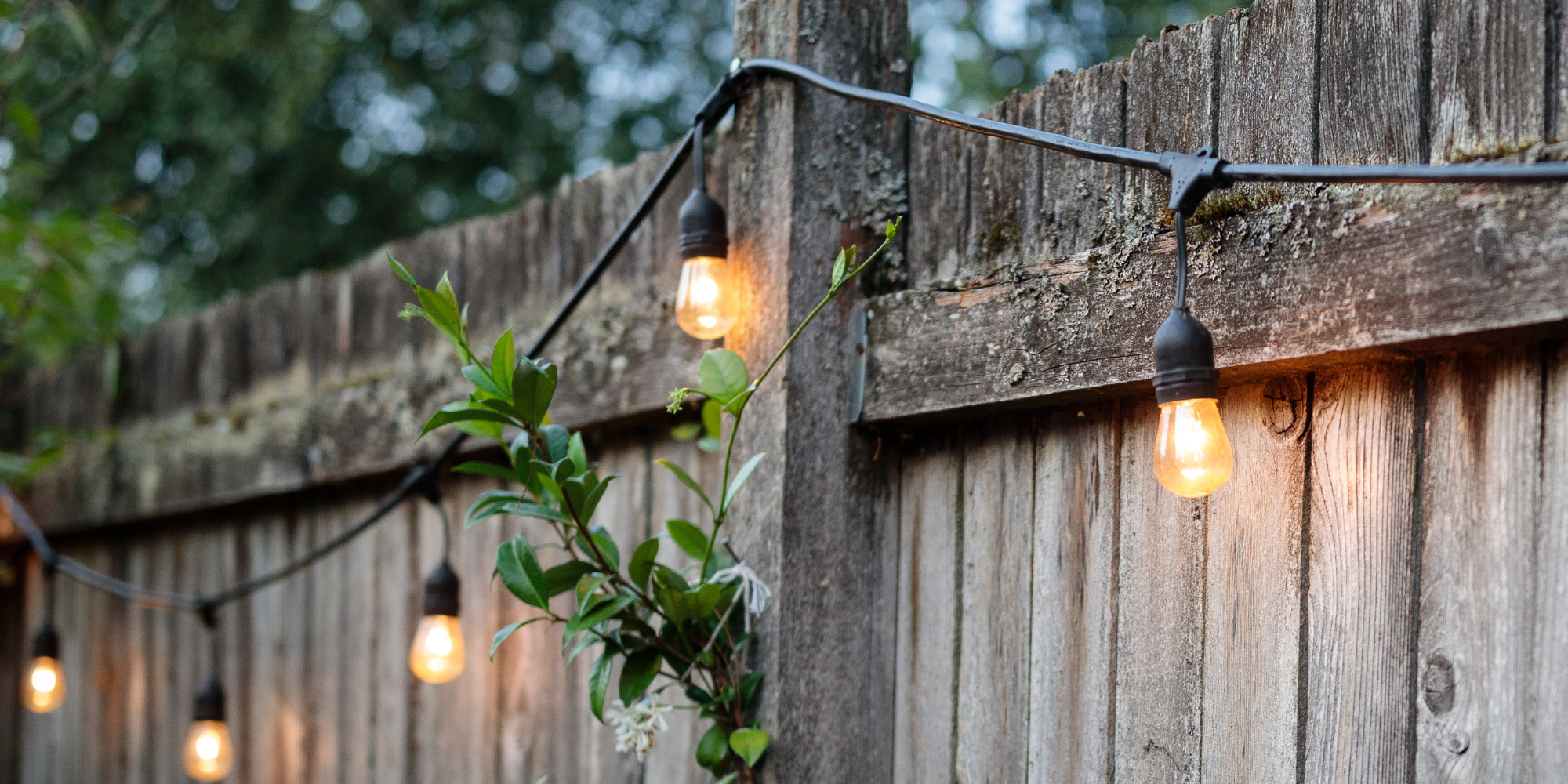How to Reduce Your Air Conditioning Costs This Summer
As the summer heat intensifies, keeping your home cool can become quite costly. However, with a few strategic adjustments and maintenance tips, you can enjoy a comfortable indoor environment without breaking the bank. Here’s how you can reduce your air conditioning costs this summer:
1. Upgrade to a Programmable Thermostat
Investing in a programmable thermostat allows you to set your air conditioner to run only when you’re home. You can program it to raise the temperature when you’re away or asleep, reducing unnecessary cooling and saving energy.
2. Regular Maintenance and Cleaning
Routine maintenance is crucial for your AC's efficiency. Clean or replace air filters every month during peak usage. Dirty filters obstruct airflow, making your AC work harder. Additionally, ensure that the evaporator and condenser coils are clean and check for any debris around the outdoor unit.
3. Seal and Insulate Your Home
Proper insulation and sealing can significantly reduce cooling costs. Check for leaks around windows, doors, and ductwork, and use weather stripping or caulk to seal them. Adding insulation to your attic and walls can also help maintain a consistent indoor temperature.
4. Use Ceiling Fans
Ceiling fans can help circulate cool air throughout your home, reducing the load on your air conditioner. By using fans in conjunction with your AC, you can set your thermostat a few degrees higher and still stay comfortable.
5. Keep Blinds and Curtains Closed
Sunlight streaming through windows can increase indoor temperatures. Keep blinds or curtains closed during the hottest parts of the day to block out the sun’s heat. Consider using blackout curtains for even better insulation.
6. Optimize Your Thermostat Settings
Set your thermostat to the highest comfortable temperature. The U.S. Department of Energy recommends 78°F when you’re at home and higher when you’re away. Each degree you raise the thermostat can save about 3-5% on cooling costs.
7. Install Energy-Efficient Windows
If your windows are old or not energy-efficient, consider upgrading them. Double-pane or Low-E windows can reduce heat gain and loss, helping to keep your home cooler and reduce the strain on your air conditioner.
8. Use Appliances Wisely
Appliances like ovens, dishwashers, and dryers generate a lot of heat. Use these appliances during the cooler parts of the day, such as early morning or late evening. Consider grilling outdoors to keep your kitchen cool.
9. Plant Trees and Install Awnings
Shade provided by trees and awnings can reduce the heat entering your home. Planting trees on the south and west sides of your house and installing awnings over windows can block direct sunlight and keep your home cooler naturally.
10. Upgrade to an Energy-Efficient AC Unit
If your air conditioner is more than 10-15 years old, it might be time for an upgrade. Modern air conditioning units are much more energy-efficient and can significantly reduce your cooling costs. Look for units with a high SEER (Seasonal Energy Efficiency Ratio) rating for the best efficiency.
Reducing your air conditioning costs this summer doesn’t have to be complicated. By following these tips, you can improve your AC’s efficiency, lower your energy consumption, and keep your home comfortably cool. For professional advice and assistance with your air conditioning needs, contact Affordable Plumbing, Heat & Electrical. Our experts are here to help you stay cool and save money all summer long.

